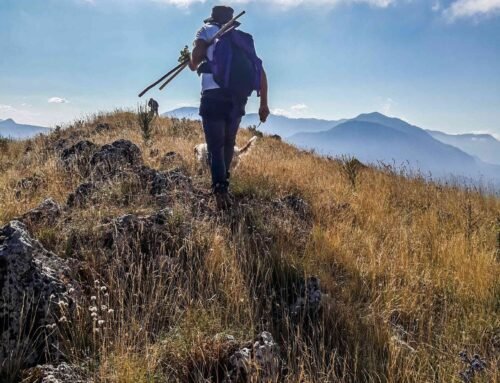LITTLE CHURCH OF SAINT VITO
Informations
After the destruction of the new Oppido, the land of Pietra Borranea was established on a high and pleasant hill, along with other settlements. It consisted of a castle with an adjoining farmhouse and the church of Santa Maria ad Nives, under the jurisdiction of the Balbano family, feudal lords of Caposele.
The church of Santa Maria di Boiaro, which had fallen into ruin, was restored by Brother Francescantonio Masucci, a gentleman from Volturara who became a hermit.
The blessed man, during the plague of 1656, took on the responsibility of caring for those afflicted by the disease, but he himself was later infected.
In the dome of that main church, as many as 2,500 souls were buried: only 500 would be the inhabitants who would escape the plague.
Not far from the village, on a large stone that stands isolated from the hills, there is an ancient chapel dedicated to Saint Vito, a martyr buried in Villa Marianna, not far from the Silaro.
To access the hermitage, one must climb the uneven steps carved into the rock itself. At the top of the staircase, an arch opens the way to the small church.
The emblem at the center, depicting the coat of arms of the 18th-century feudal lord, Prince Inigo Rota, is uniquely set upside down. It was the prince himself, whose castle ruins are nearby, who had it placed in this manner when he lost authority over those lands and moved to Naples, donating his possessions to the clergy.
On the day dedicated to Saint Vito, hundreds of citizens from Caposele and neighboring towns flock to this rocky outcrop to invoke the saint’s intercession, asking for protection from the bites of rabid dogs and keeping danger at bay.
The festivities in honor of Saint Vito take place on June 15, with an entire day spent at the chapel, including religious services followed by folk dances and songs.








